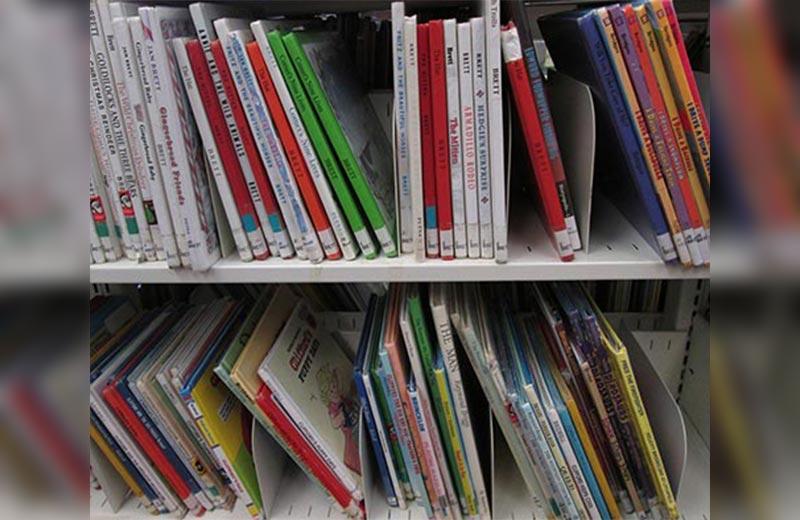The hunt for the perfect children's book can be a challenge
The number of options available can be overwhelming. In British Columbia, especially in the North, we are lucky enough to have access to culturally diverse reading material to offer our children.
Where I live, books featuring the Northwest's vibrant First Nations cultures provide an opportunity for members of these communities to share their culture with others. In addition, for First Nations children, having materials that feature their local culture allows them to see images they are able to identify with and relate to. While it is also important to expose children to topics and subjects outside of their culture (broad background knowledge is important to later reading comprehension) having relatable materials can be a great way to transmit important information to the next generation.
The problem? Sometimes these books are not quite at the level that we need for a particular child. Rather than writing them off, though, try adapting the books to make them "just right" for your child's level of development!
Garfinkel Publications has published a lovely series of books about exploring the Northwest Coast. Titles include Where is Mouse Woman?, Goodnight World, and Learn & Play with First Nations and Native Art. The images in these books are beautiful and very eye-catching for young children. Many of these stories are great for toddlers as there are lots of labels and not too much text.
How to adapt for the older preschool child?
Try describing the pictures in more detail, or have the child make up a story for the images on the page. The picture provides them with a topic and allows them to practice using different kinds of sentences. It also gives the adult a chance to provide additional information that might not be in the book.
One of my personal favourites featuring a Northwest story is the book Raven: A Tricktser Tale from the Pacific Northwest, by Gerald McDermott. This book is a recounting of a traditional Haida story of how the sun came to be. The story is beautifully written but can be a bit long for some preschool children. Try simplifying the story, sticking only to the key elements (this means you will have to preread and do a bit of planning). As your child grows, you can add in more of the story or choose just a few pages (whichever ones your child is interested in) to discuss.
The great thing about books is there are many ways to read them. Feel free to be flexible in your story time to make whichever books you like work for you and your child.
Learn more about Northern Health's Speech and Language Program.














Comments